Are you familiar with the tone chime, an instrument that you mostly hear during the Christmas season, music recitals, rhythmic activities, and performances at senior care facilities? It’s so easy to play that even beginners can quickly learn to play it. If you enjoy the sounds of vibraphones, handbells, or music boxes, you're sure to love this instrument. Let me explain its features and give you some playing tips!
First, please listen to this performance.
When I was in elementary and middle school, I only encountered the tone chime through handbell accompaniments or simple ensemble pieces in music class, so I thought it was just an educational instrument. ^^; However, after doing some research, I discovered there's so much more to it!
When I searched for "tone chime" on video-sharing sites, I was amazed to find performances by high school prodigies and even covers of J-POP songs! w(゚ロ゚)w
Now, let's dive into the secrets of the tone chime!
What is a tone chime?
The tone chime is a percussion instrument that was released by SUZUKI (Suzuki Musical Instrument MFG.CO.,LTD) in 1985.

The instrument consists of simple chimes attached to aluminum tubes, which are struck with a hammer. You play by holding one or two of these chimes and shaking them. Tone chimes can be enjoyed both as a solo instrument and in group performances.
The sound produced is similar to a vibraphone since it's created by striking aluminum plates with a hammer, and the playing style is similar to that of handbells. The warm, enveloping sound is highly appealing.
Here are some key features:
- ▶ The sound is easily produced by skiing them, so it doesn't take long to learn pitch and playing technique.
- ▶ Lighter and more compact than concert handbells, making it ideal for educational and hobby use.
Due to these qualities, tone chimes have become popular not only for educational purposes but also as a fun instrument for personal enjoyment.
Range and Sheet Music
The tone chime can produce a range of 4 and a half octaves in total!
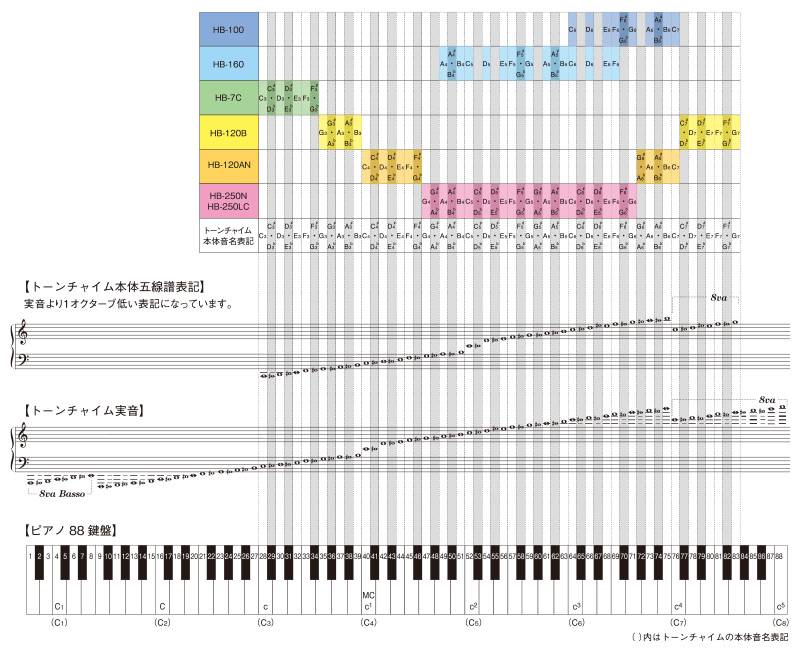
The pitch range varies depending on the set, with the basic HB-250N set covering 2 octaves and 25 notes as the standard.
The white keys are silver, and the black keys are black. Each chime is labeled with its note name and pitch. The dedicated case is designed to store the chimes in pitch order, preventing them from rubbing against each other. It looks like a puzzle, which makes it quite fun!
For beginners looking to try tone chimes, I highly recommend this set. As the number of players increases or if a wider pitch range is needed, additional sets covering the required pitch range can be purchased.
How to Play (Playing Method)
① Grip the plate underneath the note name, such as G or C, with one hand, and hold the instrument in front of your chest. For larger, heavier chimes used in ensemble settings that produce lower notes, it’s recommended to place your other hand at the bottom of the instrument for added stability, making it easier to play.

② Hold the chime firmly and swing your arm forward in a large motion. It’s important to keep your movements gentle and avoid using unnecessary force. This will produce a warm, expansive sound that resonates beautifully.

How to Stop the Sound
Compared to handbells, the sound of the tone chime tends to sustain longer. When you want to stop the sound, place the top end of the instrument against your shoulder.
For the lower-pitched tone chimes, release the hand that was supporting the bottom of the chime, and touch the top end to stop the sound.

If you leave the sound to ring without stopping it, the tones will blend and become muddy as they decay. For intricate melodies, it's recommended to use a mute to maintain clarity in the sound.
Practice Tips
- ▶ Reflexes are important. Prepare slightly before the timing to strike the note. This is similar to how you play games like rock-paper-scissors or Taiko no Tatsujin.
- ▶ If the angle of the swing is too diagonal, the resonance results in a dull "poooon" sound. Aim for a clear, crisp sound that sounds like “koon”.
- ▶ When switching between chimes or moving before or after playing, the chimes may unintentionally produce sound if they touch something. To avoid this, place a cloth on the table to prevent any unwanted sounds.
Product Introduction
● Set Item
This set includes the previously introduced SUZUKI "HB-250N" and a songbook containing 25 songs, such as "Puppy's March" and "Ode to Joy", which can be played within a 2-octave range. It's a great deal for beginners!
● Single Notes
While tone chimes are typically purchased as a set, if one note from your set breaks or if you need a specific note, single notes are available for purchase.
● Songbook
SUZUKI / Studio Ghibli Works Collection for Tone Chime [Supplementary Edition, Revised 2]
We also offer several songbooks for tone chimes. This particular collection features 21 tracks from famous Studio Ghibli movies, including “Path of the Wind” from My Neighbor Totoro and Princess Mononoke. It’s perfect not only for solo performances but also for ensembles of 2 to 4 people, making it an essential item for those who want to perform at recitals or concerts!
In Conclusion
Tone chimes are an instrument that allows anyone, regardless of musical experience, to enjoy ensemble playing. The beauty of tone chimes lies in the fact that music is only created when all the performers' sounds come together as one. Their beautiful tones will not only heal the listeners, but they also soothe the performers' hearts. Why not try holding a tone chime party or play them at events and enjoy the experience?








![SUZUKI / Studio Ghibli Works Collection for Tone Chime [Supplementary Edition, Revised 2]](https://www.soundhouse.co.jp/images/shop/prod_img/s/suzuki_tonechimeghibli.jpg)






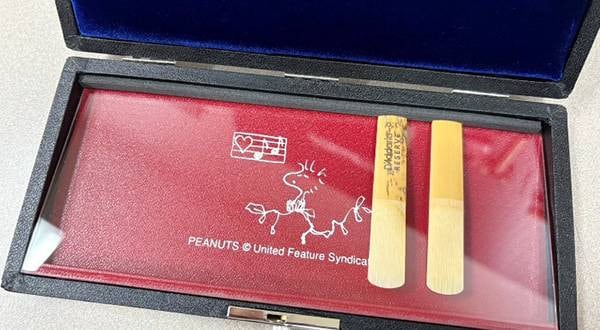





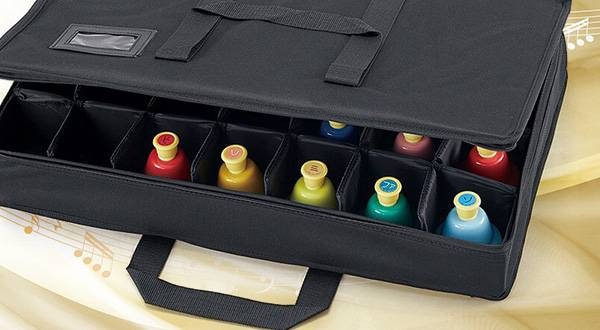
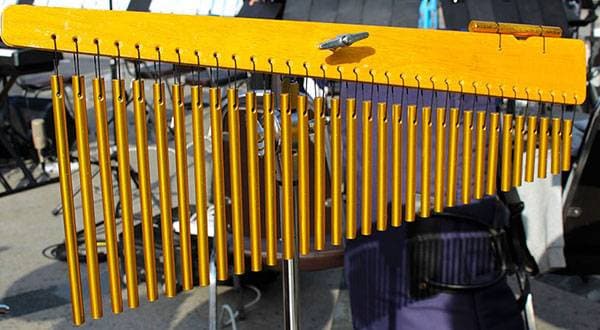

 トーンチャイム初心者講座
トーンチャイム初心者講座
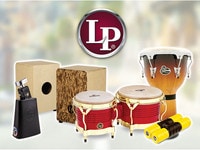 LP パーカッション
LP パーカッション
 用途で選ぶ!鍵盤楽器の種類
用途で選ぶ!鍵盤楽器の種類
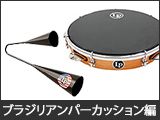 ブラジリアンパーカッション編
ブラジリアンパーカッション編
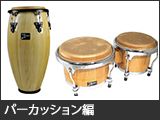 パーカッション編
パーカッション編















